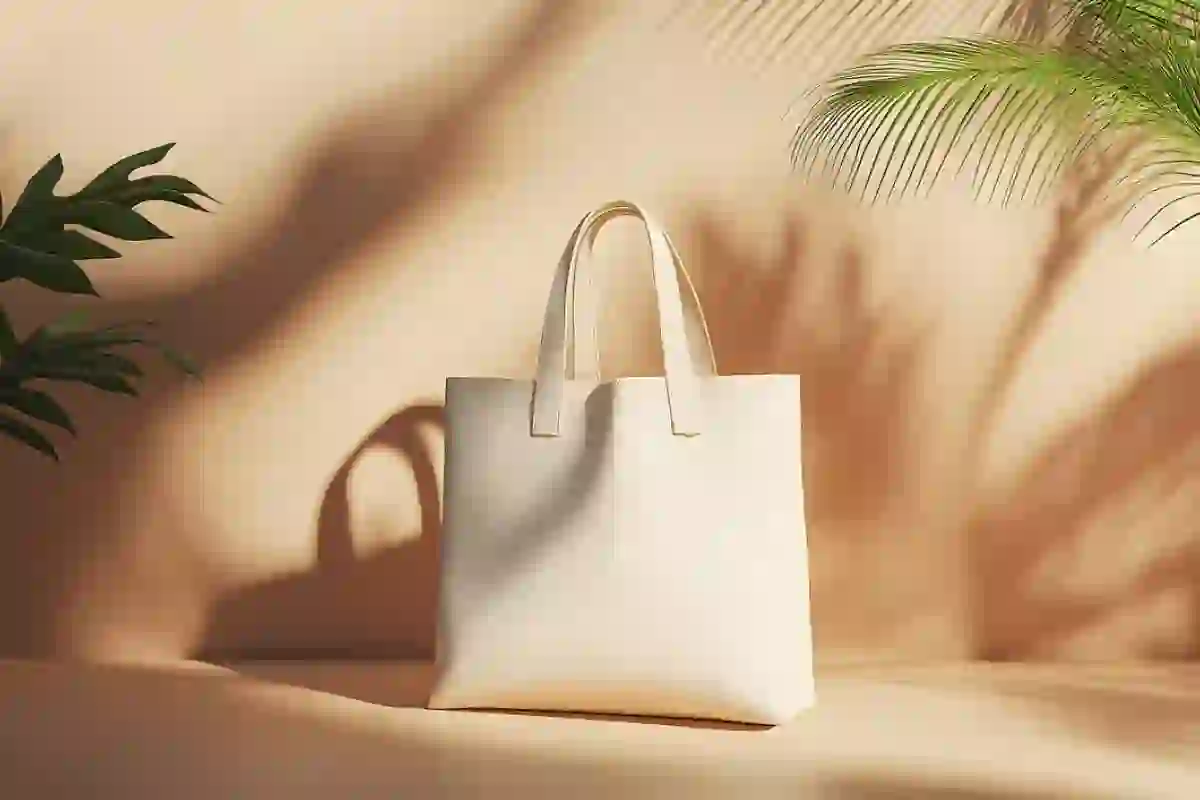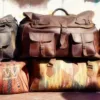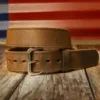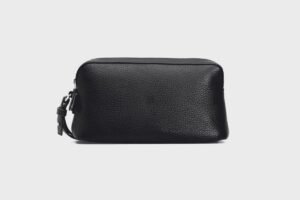What to Look for Before Buying a Leather Bag: Expert Guide
You spot the perfect leather bag online, sleek, stylish, and seemingly high-end. You click “Buy Now” with excitement, and when it arrives, it looks flawless. But within weeks, the straps sag, the seams unravel, and the “leather” begins to crack. Disappointed? You’re not alone.
Far too many buyers fall for good looks without knowing what’s beneath the surface. The truth is, not all leather is created equal. From cheap imitations to weak hardware, one wrong purchase can cost you more than just money; it can cost you trust in the brand and confidence in your style.
A real leather bag should be a lifelong companion, elegant, functional, and made to last. This guide will show you exactly what to look for so you can skip the fakes, avoid the frustration, and choose a piece that delivers real value, year after year.
1. Understand the Types of Leather
Not all leather is created equal. The type of leather used in a bag significantly affects its durability, texture, price, and aging process.
Types of Leather and Their Features
| Leather Type | Durability | Texture | Aging (Patina) | Price | Best For |
| Full-Grain | ★★★★★ | Natural | Excellent | High | Luxury, long-term use |
| Top-Grain | ★★★★☆ | Smooth | Good | Medium | Every day, premium bags |
| Genuine Leather | ★★★☆☆ | Artificially treated | Low | Lower | Budget options |
| Bonded Leather | ★★☆☆☆ | Very smooth | Poor | Cheap | Disposable, short-term use |
- Full-grain leather: The highest quality, includes the outermost layer of the hide. Tough, breathable, and forms a beautiful patina over time.
- Top-grain leather: Slightly sanded to remove imperfections; still high quality, more uniform in appearance.
- Genuine leather: Lower tier made from leftover hide layers. Less durable, often used in mass-market bags.
- Bonded leather: Made from scraps and fibers glued together, often marketed as “Genuine leather,” but lacks quality.
Tip: Always ask what kind of leather the bag is made from. If the retailer can’t answer clearly, that’s a red flag.
2. Check the Leather Quality and Finish
Beyond type, inspect the leather’s feel and finish. Authentic high-quality leather has a unique texture and smell that synthetic materials can’t mimic.
Signs of Quality Leather
- Touch: Should feel supple and soft, not plasticky or stiff.
- Smell: Natural leather has an earthy scent, not a chemical one.
- Appearance: Full-grain leather often has minor blemishes, which indicate authenticity.
Matte vs Glossy Finish
- Matte finishes are more natural and show aging better over time.
- Glossy finishes may be treated with chemicals and can crack or peel faster.
Look closely for uniformity in color and finish. If it looks too perfect, it might not be the real deal.
3. Evaluate the Craftsmanship
The quality of a leather bag doesn’t end with the material; how it’s made matters just as much.
Key Craftsmanship Elements
- Stitching: Even, consistent, and double-stitched at stress points.
- Edges: Should be smooth and sealed, not rough or unfinished.
- Lining: Durable fabric like canvas or suede lining is a sign of quality.
- Hardware: High-quality metal zippers and clasps that don’t feel loose or flimsy.
Poor craftsmanship leads to broken straps, busted zippers, and bag collapse over time.
4. Choose the Right Size and Functionality
Think about what you’ll use the bag for. A stunning handbag is useless if it doesn’t fit your needs.
Ask Yourself:
- Do you need it for work, casual use, or travel?
- Will it carry a laptop, tablet, or heavy books?
- Does it need to transition from day to evening?
Look for features like:
- Internal dividers or pockets
- Laptop sleeves or padding
- External compartments for easy access
Tip: Always check the bag’s dimensions before purchasing, especially when shopping online.
5. Inspect the Straps and Handles
One of the most common failure points in leather bags is the straps.
What to Check:
- Stitching: Should be reinforced where the strap meets the bag.
- Attachment points: Metal rings or loops should be solid and not wobbly.
- Comfort: Padded or adjustable straps reduce shoulder strain.
If you plan to carry it often or with heavy items, weak straps will let you down quickly
6. Consider the Brand Reputation
Not all brands are created equal. Some are transparent about their sourcing and craftsmanship, while others focus only on aesthetics.
How to Research a Brand:
- Read online reviews
- Look for before-and-after customer photos
- Check if they offer warranties or repair services
Established leather brands often provide better quality control, while lesser-known labels might cut corners.
7. Sustainability and Ethical Sourcing
If sustainability matters to you, it should influence your buying decision.
What to Look For:
- Vegetable-tanned leather: Uses natural tannins, less harmful to the environment.
- LWG Certification: Indicates eco-friendly leather manufacturing.
- Brands supporting local artisans: Better quality and social impact.
Sustainable leather may cost more, but it’s worth it if you care about quality and ethics.
8. Budget: Price vs Value
Price is important, but don’t let it blind you to long-term value.
Cheap Leather Is Expensive in the Long Run
You’ll replace a cheap $80 bag three times before a $250 full-grain leather bag shows wear.
Invest Wisely
- Mid-range: Look for top-grain leather bags that balance quality and price.
- High-end: Go full-grain for heirloom-quality pieces.
9. Final Checks Before You Buy
Do these quick checks in-store or once your online order arrives.
Essential Quality Checks
- Smell test: Real leather has a distinctive scent.
- Flexibility test: Leather should bend slightly and return to form.
- Water drop test: Drop a small amount of water on real leather absorbs it slightly; faux leather does not.
- Check warranty/return policy: Good brands back their bags.
Summary
Buying a leather bag isn’t just about following fashion trends; it’s a thoughtful decision that reflects your appreciation for quality, craftsmanship, and long-term value. A well-chosen leather bag is more than an accessory; it becomes a reliable companion that carries your essentials, supports your lifestyle, and adds a touch of elegance to every outfit. With the insights from this guide, you’ll be equipped to make a smart purchase, one that helps you steer clear of mass-produced, low-quality products that look good at first but fall apart over time. Instead, you’ll invest in a piece that grows more beautiful with age, holds up to everyday use, and truly expresses your personal style and priorities..
FAQs
1. How can I tell if a leather bag is real or fake?
Check for a natural smell, irregular texture, and the water absorption test. Real leather feels soft and has imperfections.
2. What is the best type of leather for a bag?
Full-grain leather is the highest quality. Top-grain is a close second for durability and smooth finish.
3. Do leather bags last longer than synthetic ones?
Yes. Real leather bags, especially full-grain, can last for decades with proper care.
4. How should I clean my leather bag?
Use a damp cloth for surface cleaning, leather conditioner for maintenance, and avoid harsh chemicals.
5. Is it worth investing in an expensive leather bag?
If it’s full-grain leather with solid craftsmanship, yes, it will last longer and look better over time









Add comment